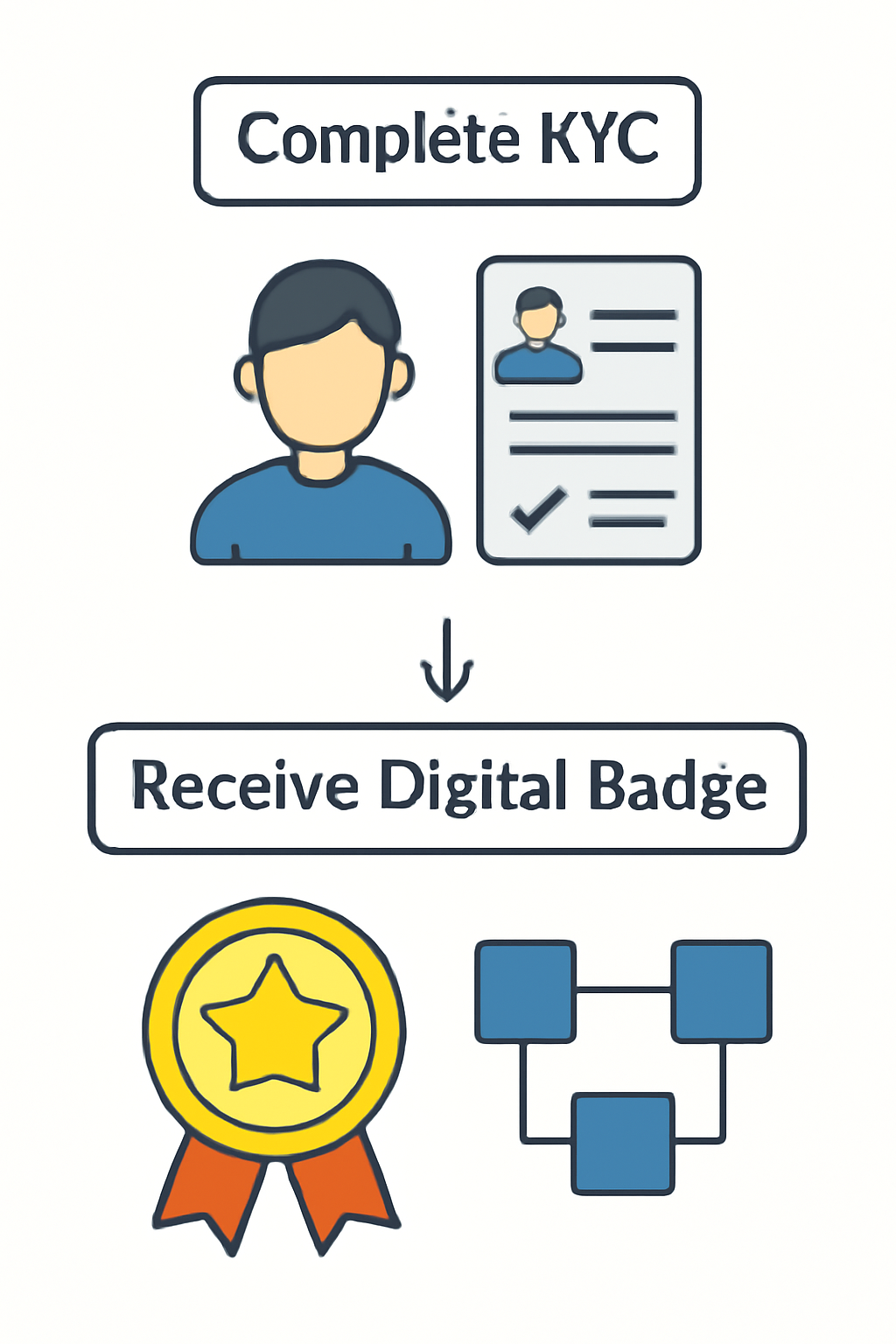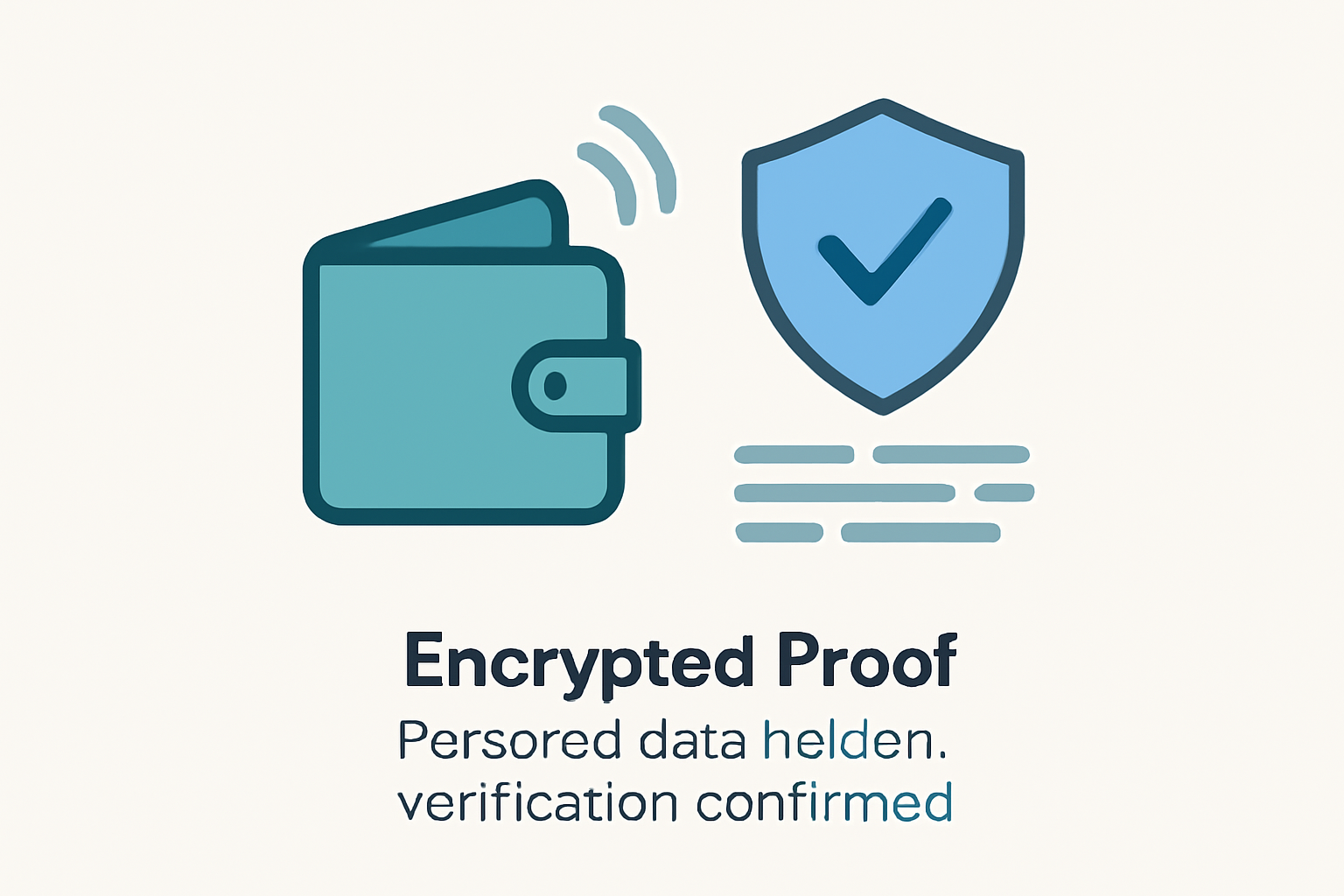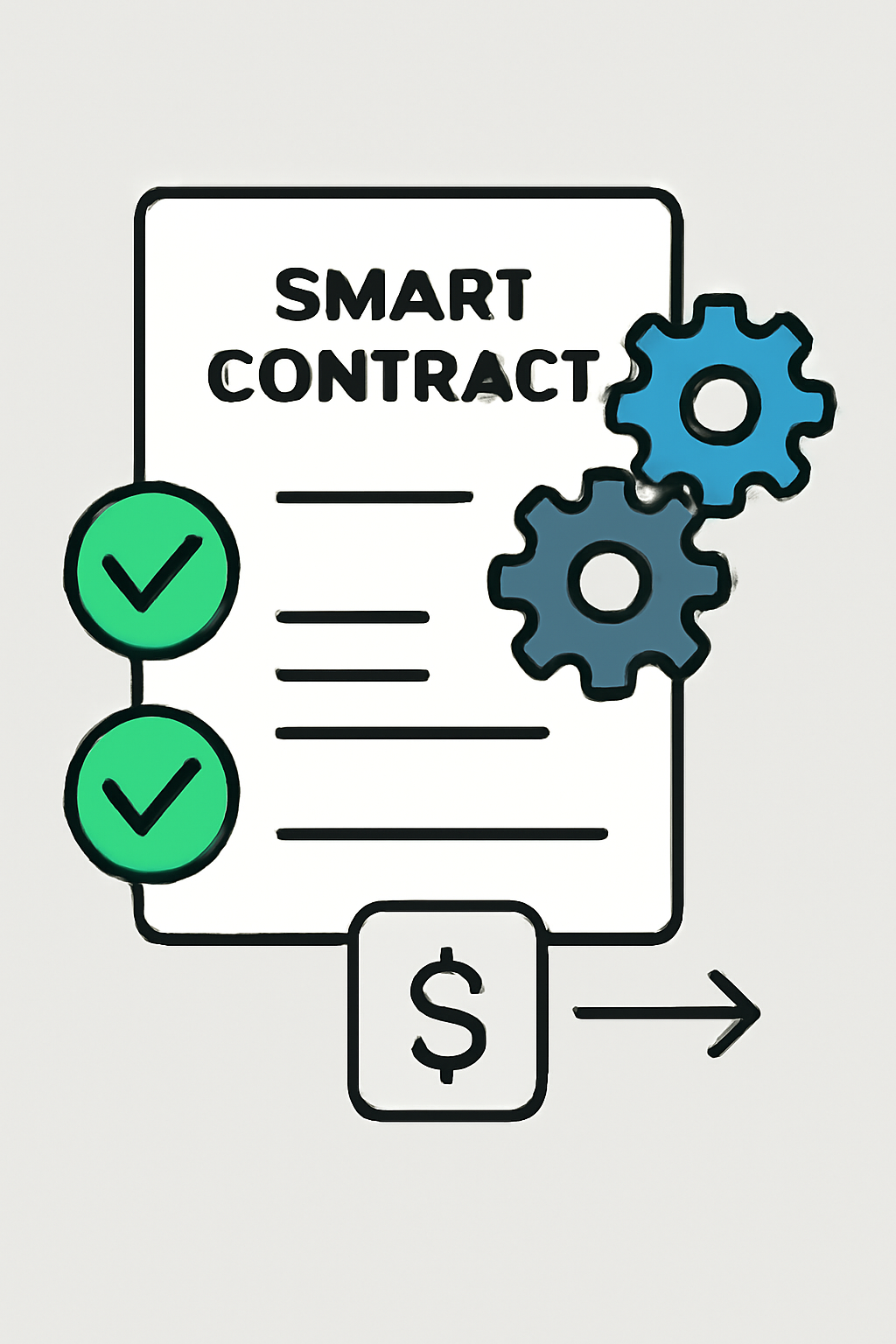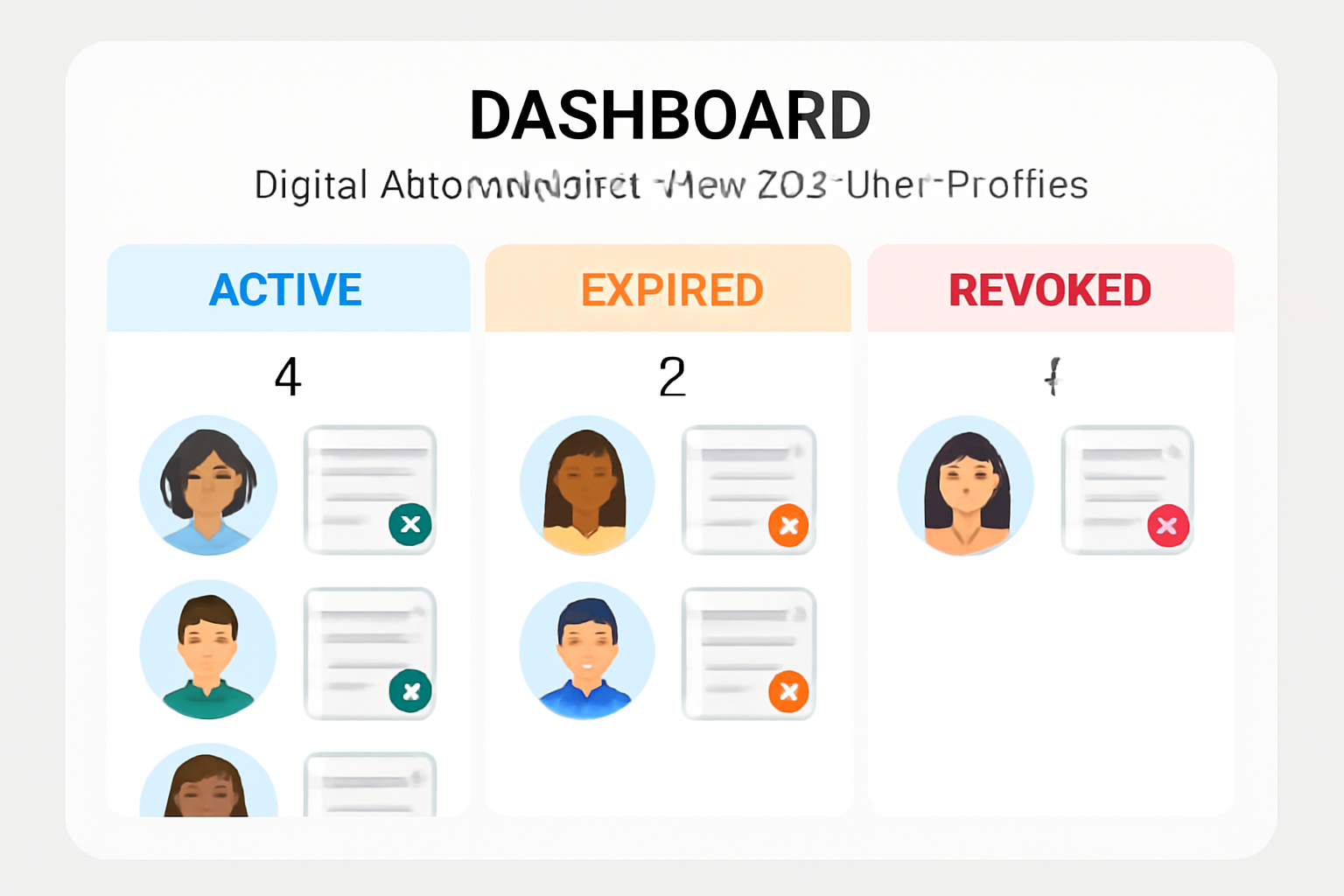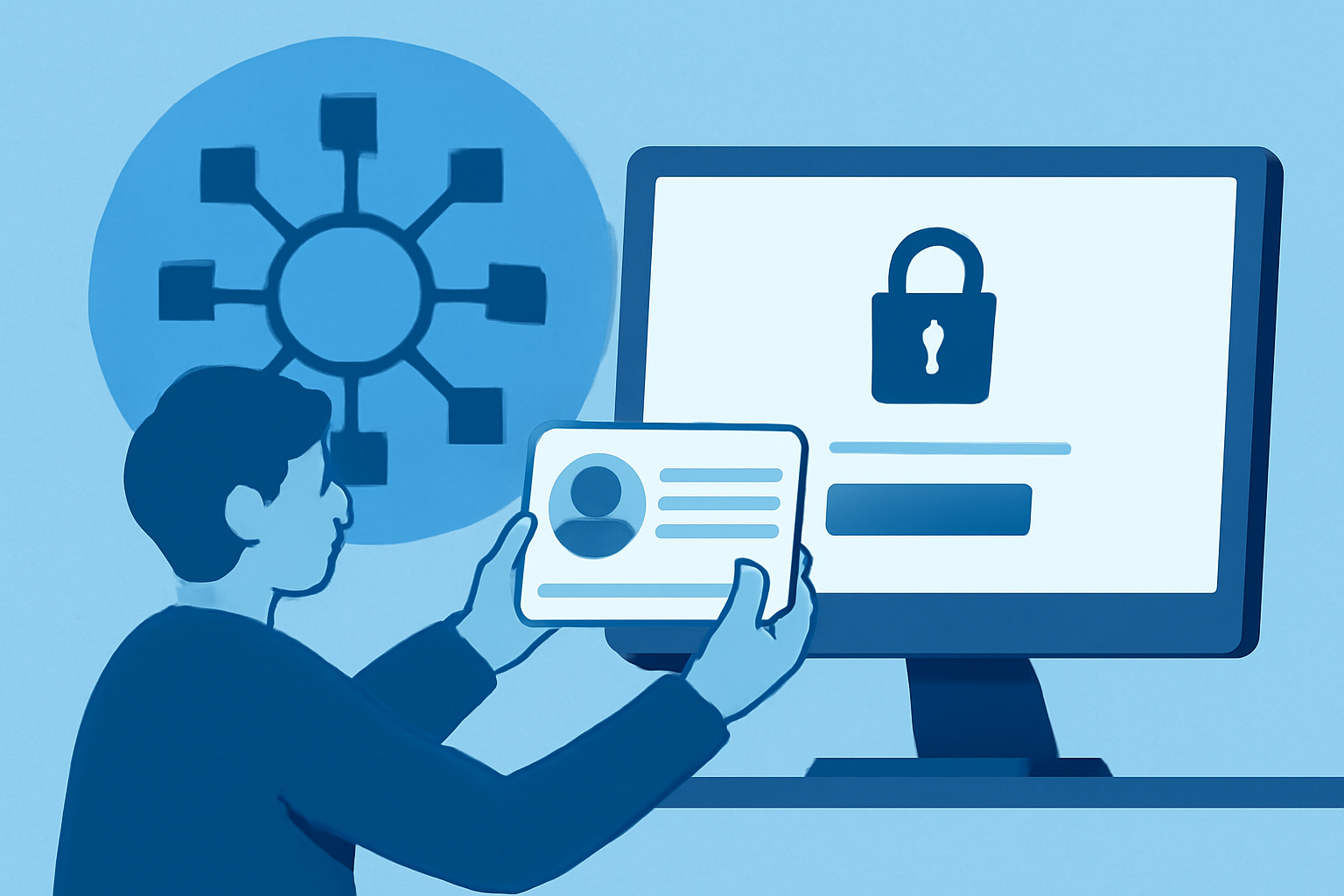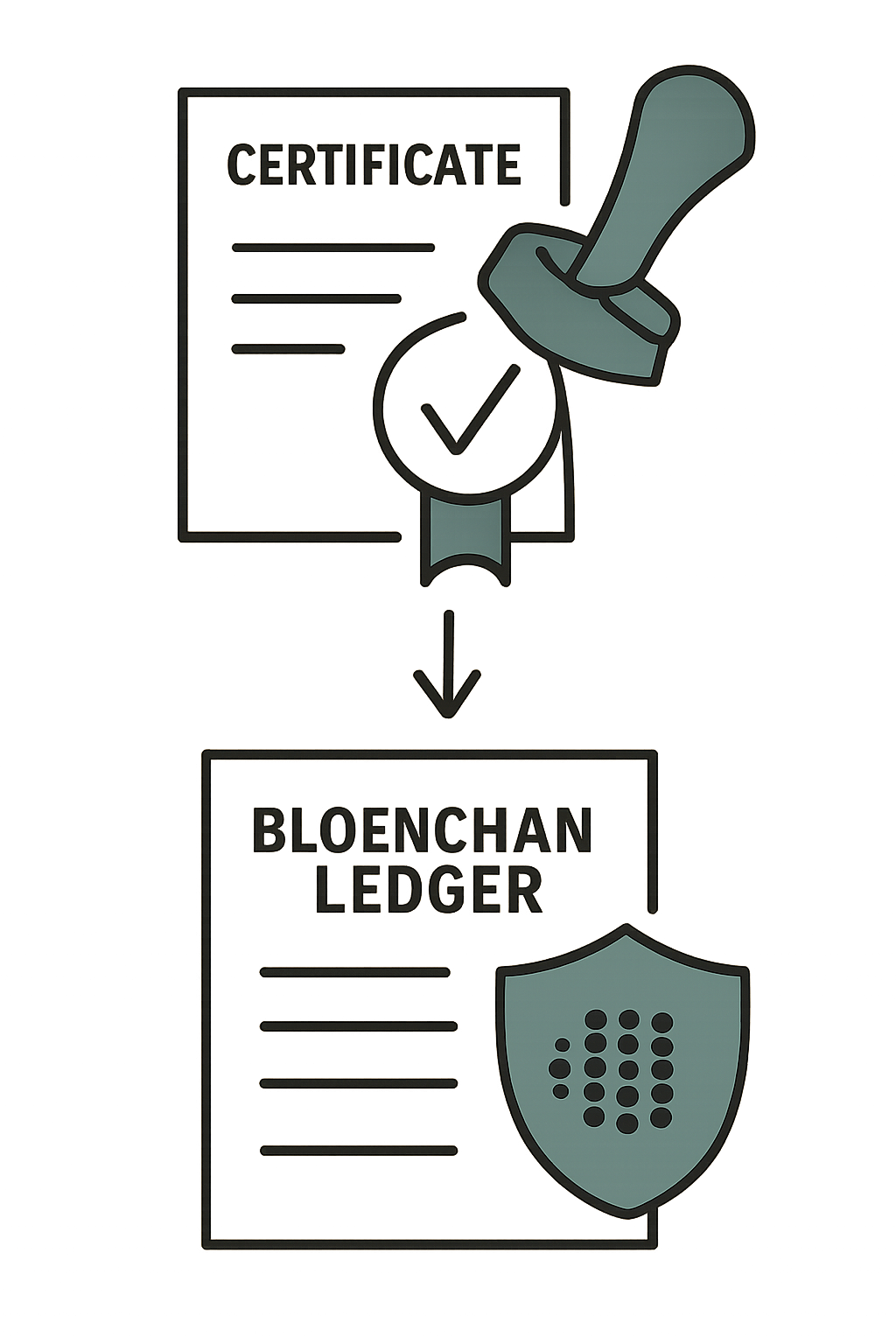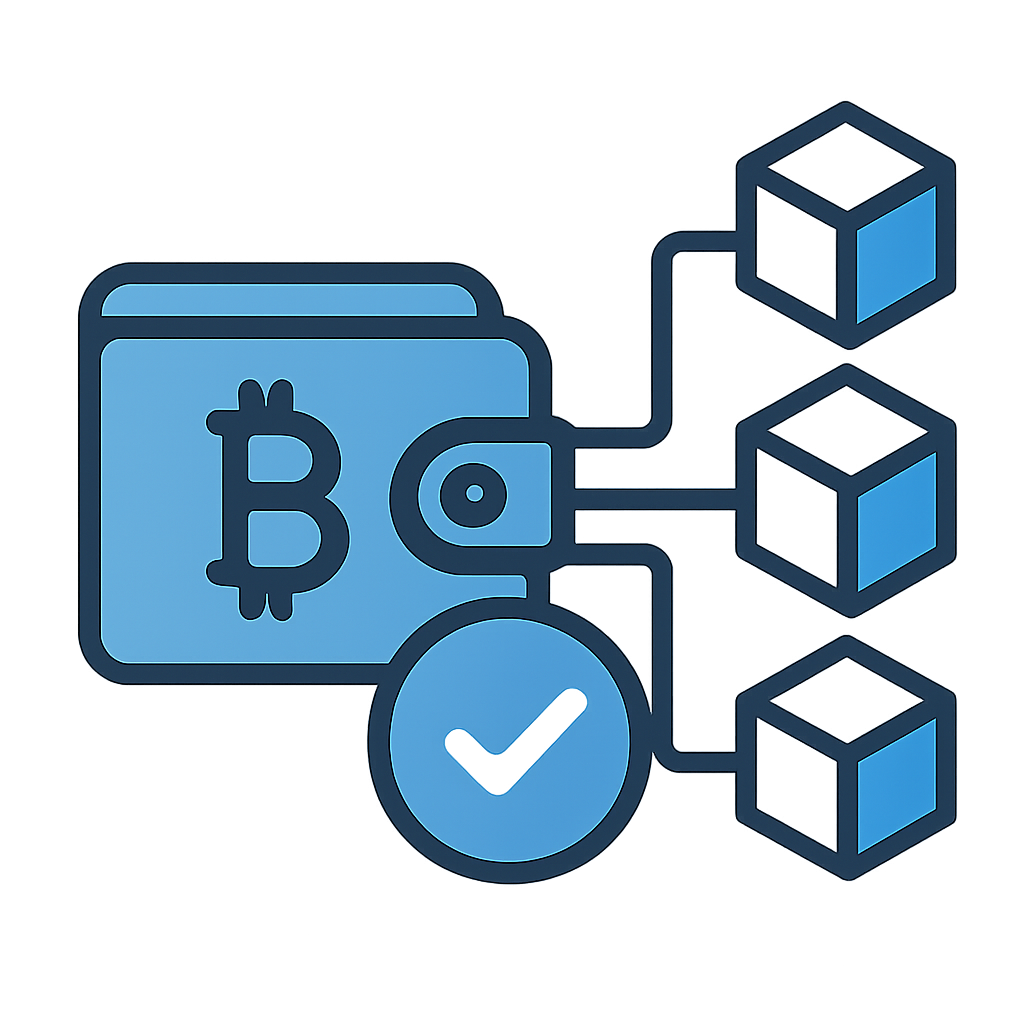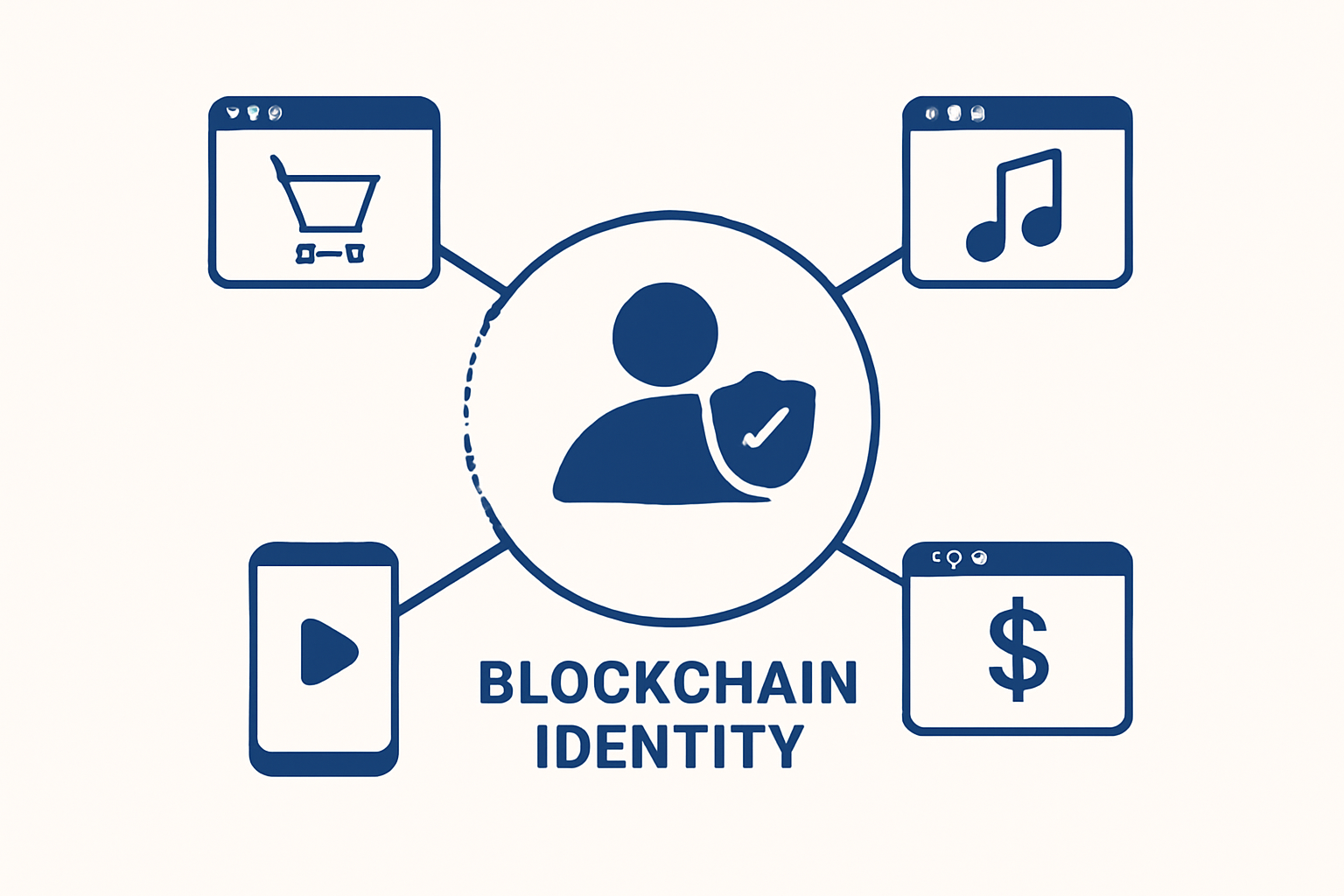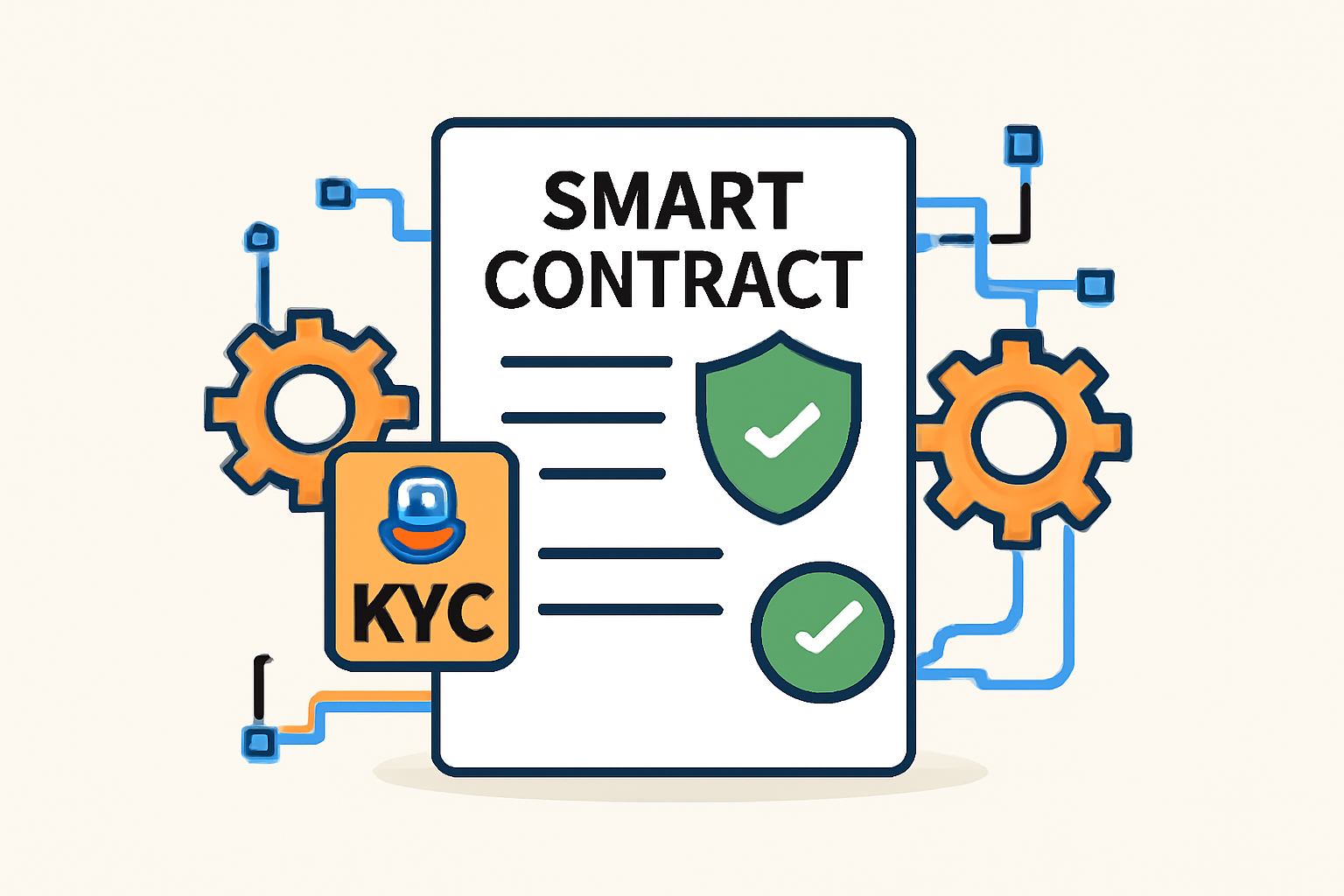
For blockchain projects navigating the complex world of KYC compliance, onchain attestations are quietly transforming how identity verification is handled. Instead of siloed, repetitive onboarding processes and opaque third-party storage, blockchain KYC can be streamlined with cryptographic proofs that live directly on the chain. These verifiable credentials empower users to prove their compliance status across platforms, while organizations gain a robust and audit-friendly toolset for regulatory alignment.
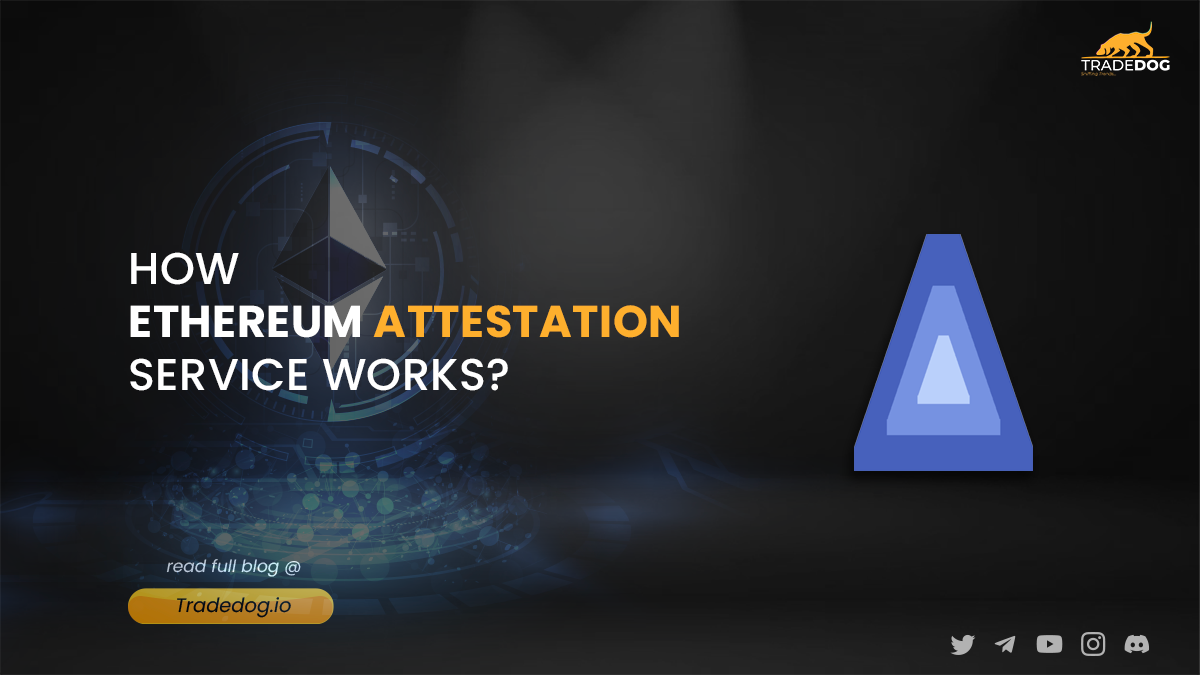
Why Onchain Attestations Matter for KYC Compliance
Traditional KYC systems are often clunky and fragmented. Users must repeatedly submit sensitive documents to different platforms, while service providers shoulder the burden of storing and securing this data. Onchain attestations flip this model by issuing cryptographically signed proofs of KYC status that are stored immutably on a public ledger.
This approach doesn’t just tick regulatory checkboxes. It fundamentally upgrades user experience and operational efficiency:
The result? Faster onboarding, less friction, and a compliance process that is both transparent and tamper-resistant.
How Blockchain Projects Are Implementing Onchain Attestations
Several leading protocols and tools have emerged to make onchain KYC a reality. For example, the Attest Protocol lets developers verify a user’s KYC status with just one line of code, dramatically reducing integration time for DeFi platforms or DAOs seeking regulatory alignment.
Meanwhile, systems like ONCHAINID assign unique identities linked to users’ wallets. This enables seamless compliance management across tokens or gated communities without duplicating effort or risking data leaks.
The Privacy Advantage: Zero-Knowledge Proofs in Action
KYC compliance doesn’t have to mean sacrificing privacy. Thanks to zero-knowledge proofs (ZKPs), users can prove they’ve passed liveness checks or age verification without revealing their actual documents or personal details. Projects such as 0xKYC are pioneering this approach, generating reusable onchain attestations that preserve anonymity while satisfying regulatory needs.
This privacy-preserving model is especially relevant as Web3 grows more mainstream, and as regulators demand both security and respect for individual rights.
Automated compliance is another game-changer enabled by onchain attestations. With smart contracts referencing these immutable credentials, platforms can enforce participation rules in real time. For example, Chainlink’s Automated Compliance Engine (ACE) allows projects to set up policy controls that work seamlessly across multiple blockchains, reducing manual intervention and human error. This not only satisfies regulatory scrutiny but also builds trust with users who expect fairness and transparency from crypto-native services.
Security stands at the heart of this shift. By tying transactions directly to verified onchain identities, fraud becomes much harder to perpetrate. Only authorized users, those who have passed robust KYC checks, can access gated features or participate in token sales. The ONCHAINID system’s wallet-linked identity management exemplifies this approach, giving both users and project managers peace of mind that every participant is genuinely vetted.
Looking Forward: Interoperability and Industry Adoption
The momentum behind onchain attestations is unmistakable. As more protocols embrace open standards and interoperability, we’re seeing the rise of a networked ecosystem where a single KYC event unlocks access to dozens of platforms. This interoperability not only saves time but also supports a true Web3 ethos: user empowerment through self-sovereign identity.
Of course, adoption isn’t without challenges. Some jurisdictions still require off-chain storage or manual review for certain aspects of KYC, particularly for high-risk activities or fiat gateways. Yet the trajectory is clear, solutions like Attest Protocol and ONCHAINID are setting new standards for what’s possible when compliance meets composability.
Key Takeaways for Crypto Compliance Teams
If you’re building or managing a Web3 project, integrating onchain attestations into your compliance stack offers several strategic advantages:
Top Reasons to Adopt Onchain Attestations for KYC
-

Immutable and Transparent Verification: Onchain attestations, stored directly on blockchains, provide permanent and tamper-proof proof of KYC. Solutions like Attest Protocol enable instant, independent verification of user compliance status, reducing manual checks and increasing trust.
-

Reusability Across Platforms: With onchain attestations, users can reuse their verified identity across multiple services, eliminating redundant verifications. The ONCHAINID system links unique identities to wallets, simplifying compliance for both users and platforms.
-
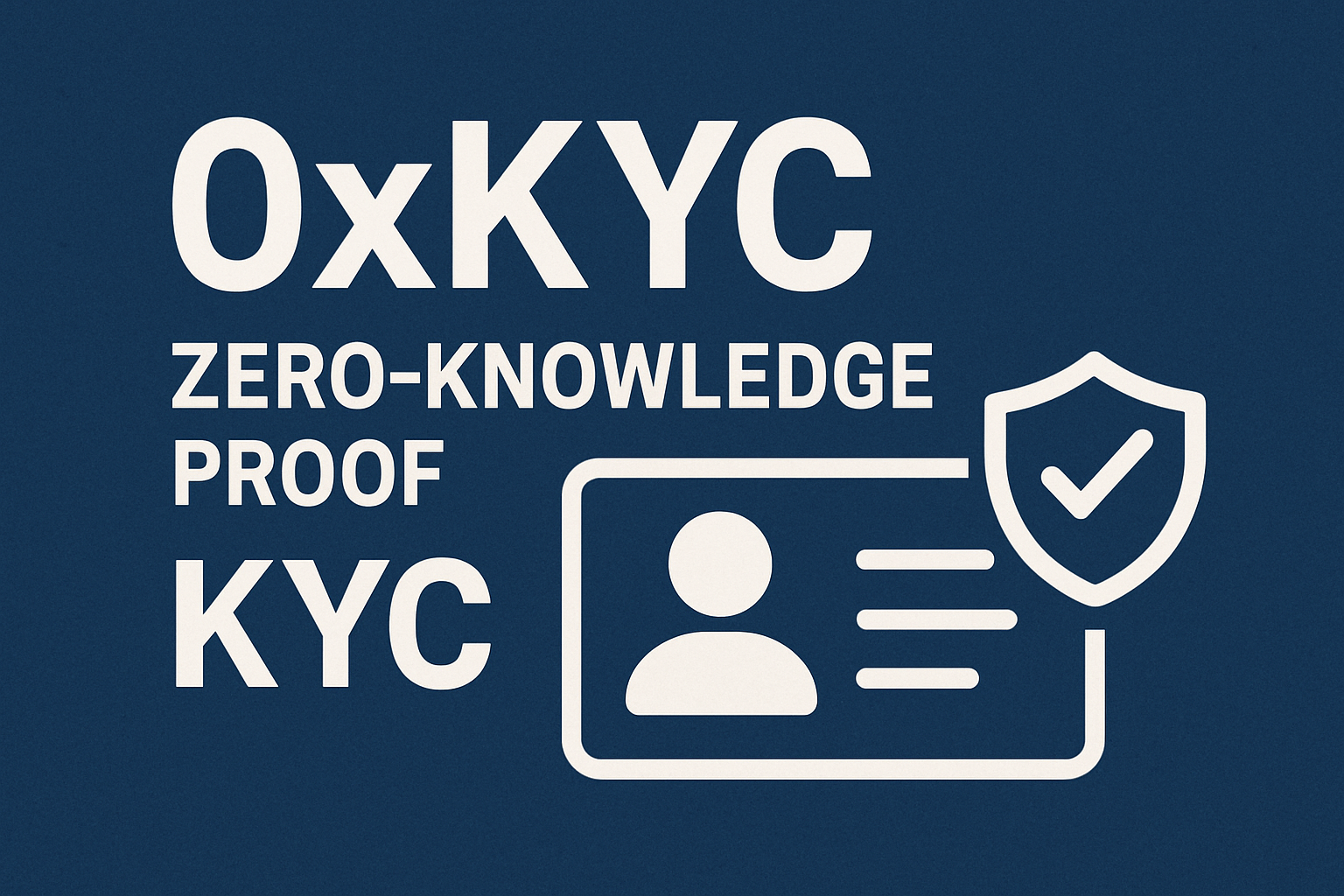
Privacy Preservation: Advanced cryptography, such as zero-knowledge proofs, lets users prove their compliance without revealing sensitive data. Projects like 0xKYC use these techniques to verify liveness and generate onchain attestations, keeping user details private while meeting regulatory needs.
-

Automated and Efficient Compliance: Integrating attestations into smart contracts allows for automated enforcement of compliance rules. Chainlink ACE enables compliance-focused digital assets and services, streamlining policy enforcement across blockchain networks.
-

Enhanced Security and Fraud Prevention: By linking onchain identities to transactions, compliance teams can reduce fraud and ensure only authorized users participate. The ONCHAINID system is a prime example, providing robust compliance management and fraud mitigation.
It’s not just about keeping regulators happy, it’s about creating a smoother experience for legitimate users while raising the bar against bad actors.
The next wave of blockchain innovation will be defined by projects that can balance privacy, efficiency, and regulatory alignment all at once. Onchain attestations are proving to be the connective tissue making this vision real, one verifiable credential at a time.





